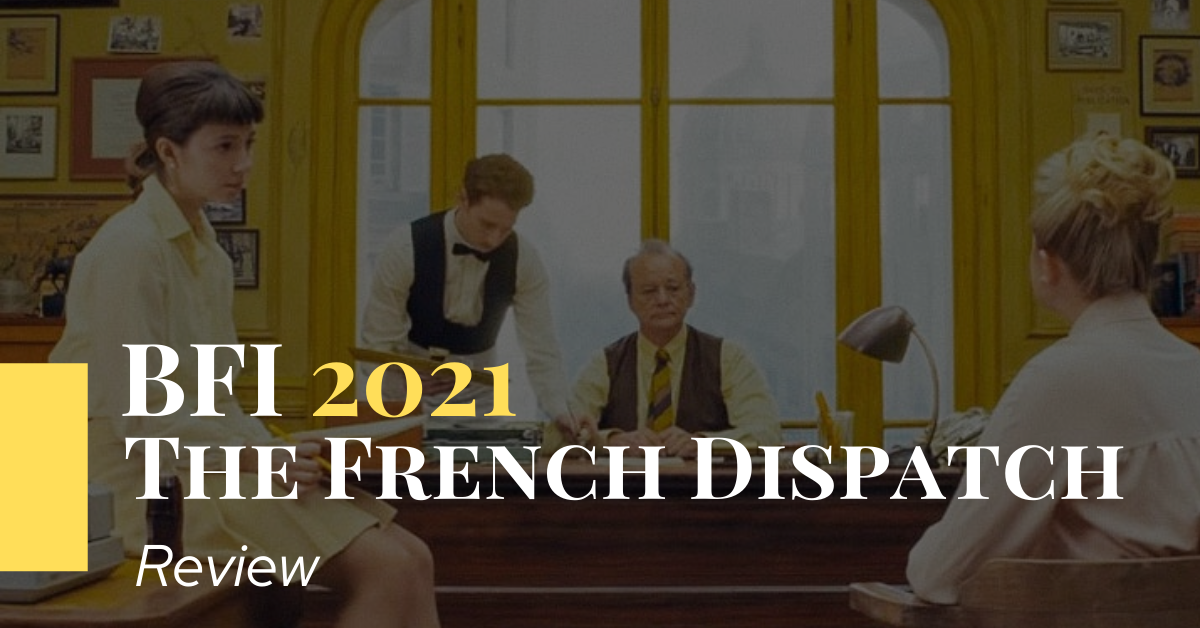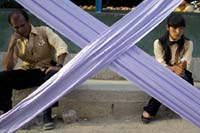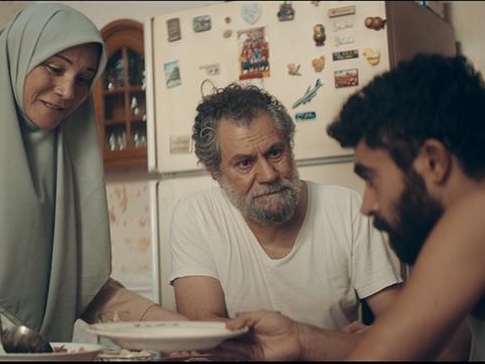By Benedetta Mastronardi

Wes Anderson returns to the BFI London Film Festival with the highly anticipated “The French Dispatch”, which received its UK premiere in the venue of the Royal Festival Hall last Sunday 10 October.
Anderson transports viewers to an imaginary Paris of the late 1960s, where the romantic imagery always associated with the ‘Ville Lumiere’ is combined with the exquisitely pop iconography that has become a trademark of the Houston-born director.
The French Dispatch is the film equivalent of a literary anthology, made up of five short stories linked together by the narrative framework of the editorial office of the newspaper for which they are written, namely The French Dispatch. It’s a homage to the New Yorker magazine and its editorial office: in fact, as the director declared, his film “is not literally based on ‘The New Yorker’, but it was totally inspired by it”. The characters are freely inspired by those who populated the editorial staff of the magazine at its origins and contributed to its creation: Arthur Howitzer (Bill Murray), the editor-in-chief, is inspired by the figures of Harold Ross and William Shawn, co-founders of the New Yorker; J.K.l. Berensen (Tilda Swinton) is partially inspired by Rosamond Bernier, writer and famous art talker, while the character of Lucinda Kremenz (Frances McDormand) is inspired by the American journalist Mavis Gallant.
Paying homage to the early issues of the magazine, which combined reportage, short stories, and illustrations, the style adopted by the “The French Dispatch” is just as miscellaneous, combining Anderson’s pastel color palette and his unmistakable symmetrical shots with an even richer texture, intersecting different temporal levels and narrative textures, playing with form and aesthetics to create a playful and visually stimulating experience. There are many links: homages to publishing, first and foremost, but also to printing and typography, painting and cinema, with film quotes ranging from Godard to Hitchcock, embedded in the frames. Everything in the image refers to another art form, and together all the shots compose a love letter to the visual arts, to the intrinsic beauty of the image.
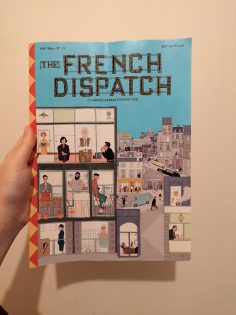
If it is true that in The French Dispatch one breathes the authentic intent of paying homage to the stories of those behind the scenes of a newsroom, at the same time it creates a cinematic equivalent, transforming the words into images, the binding into editing, the editing into the choice of image composition, to pay formal, rather than literal, tribute to its source of inspiration. The stories told are surreal, absurd, romantic, and always peppered with humor: from the bicycle reporter Herbsaint Sazerac, played by Owen Wilson, who explores the city’s innermost secrets, to the incredible story of a convict, Benicio Del Toro, who rediscovers himself as an artist and becomes the object of attention of a facultative art dealer, to the journalist who bears witness to the events of 1968 in Paris and documents the struggle between the two factions within the student movement, one led by feminist Juliette (Lyna Khoudori) and the other by Zeffirelli (Timothee Chalamet).
The film is teeming with faces, of both main and secondary actors, many already well known to Wes Anderson’s filmography. They at times wink at the spectator, referencing some old scenes, and creating new cinematographic references. Like its poster well shows, The French Dispatch is a kaleidoscope of faces, images, and situations, framed by the director’s benevolent and delicate gaze, which returns them, lovely and graceful, to the spectator.
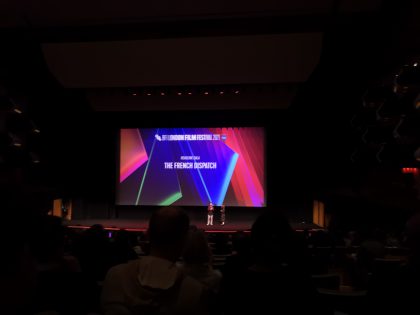
Bill Murray, who attended the premiere of The French Dispatch, after the screening has greeted the public and revealed the working title of Wes Anderson’s upcoming film, “Asteroid City”, filming now nearby Madrid, Spain.

